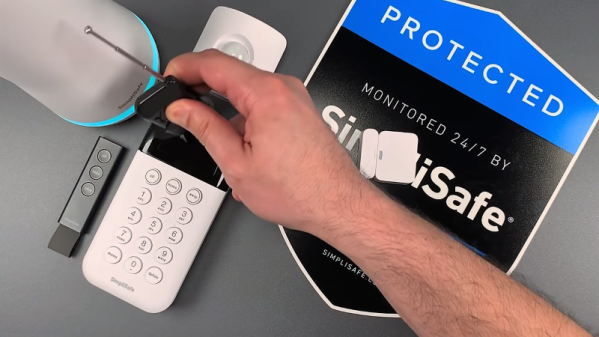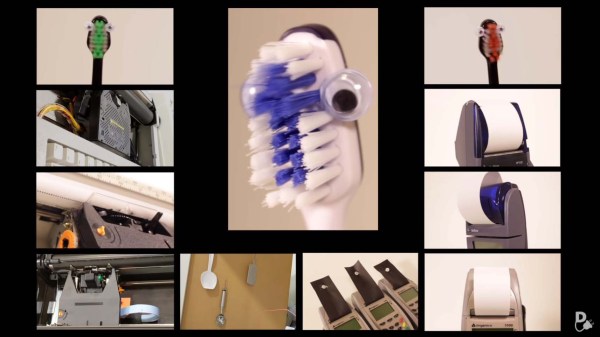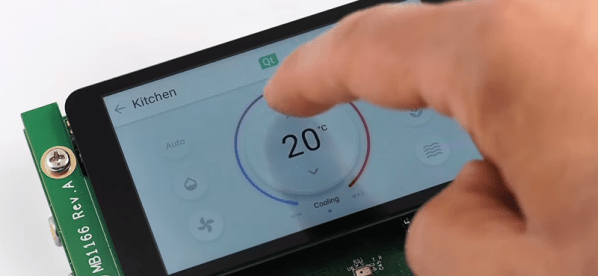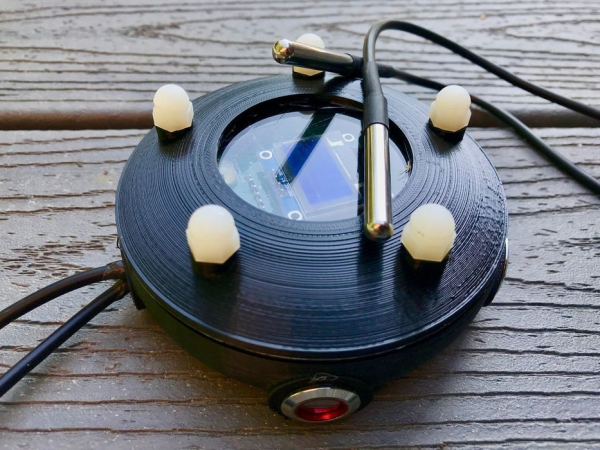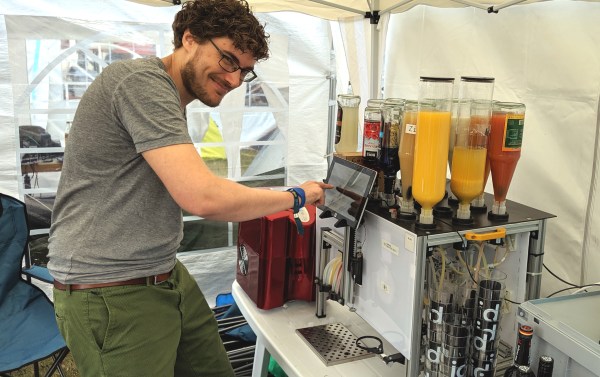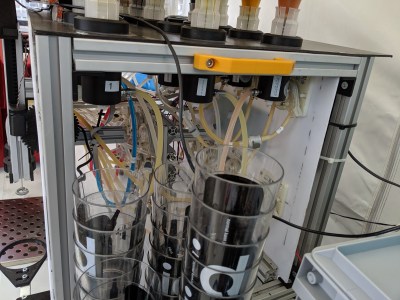Bluetooth is a great protocol. You can listen to music, transfer files, get on the internet, and more. A side effect of those many uses is that the specification is complicated and intended to cover many use cases. A team of researchers took a look at the Bluetooth specification, and discovered a problem they call the KNOB attack, Key Negotiation Of Bluetooth.
 This is actually one of the simpler vulnerabilities to understand. Randomly generated keys are only as good as the entropy that goes into the key generation. The Bluetooth specification allows negotiating how many bytes of entropy is used in generating the shared session key. By necessity, this negotiation happens before the communication is encrypted. The real weakness here is that the specification lists a minimum entropy of 1 byte. This means 256 possible initial states, far within the realm of brute-forcing in real time.
This is actually one of the simpler vulnerabilities to understand. Randomly generated keys are only as good as the entropy that goes into the key generation. The Bluetooth specification allows negotiating how many bytes of entropy is used in generating the shared session key. By necessity, this negotiation happens before the communication is encrypted. The real weakness here is that the specification lists a minimum entropy of 1 byte. This means 256 possible initial states, far within the realm of brute-forcing in real time.
The attack, then, is to essentially man-in-the-middle the beginning of a Bluetooth connection, and force that entropy length to a single byte. That’s essentially it. From there, a bit of brute forcing results in the Bluetooth session key, giving the attacker complete access to the encrypted stream.
One last note, this isn’t an implementation vulnerability, it’s a specification vulnerability. If your device properly implements the Bluetooth protocol, it’s vulnerable.
CenturyLink Unlinked
You may not be familiar with CenturyLink, but it maintains one of the backbone fiber networks serving telephone and internet connectivity. On December 2018, CenturyLink had a large outage affecting its fiber network, most notable disrupting 911 services for many across the United States for 37 hours. The incident report was released on Monday, and it’s… interesting.
Continue reading “This Week In Security: KNOB, Old Scams Are New Again, 0-days, Backdoors, And More”


